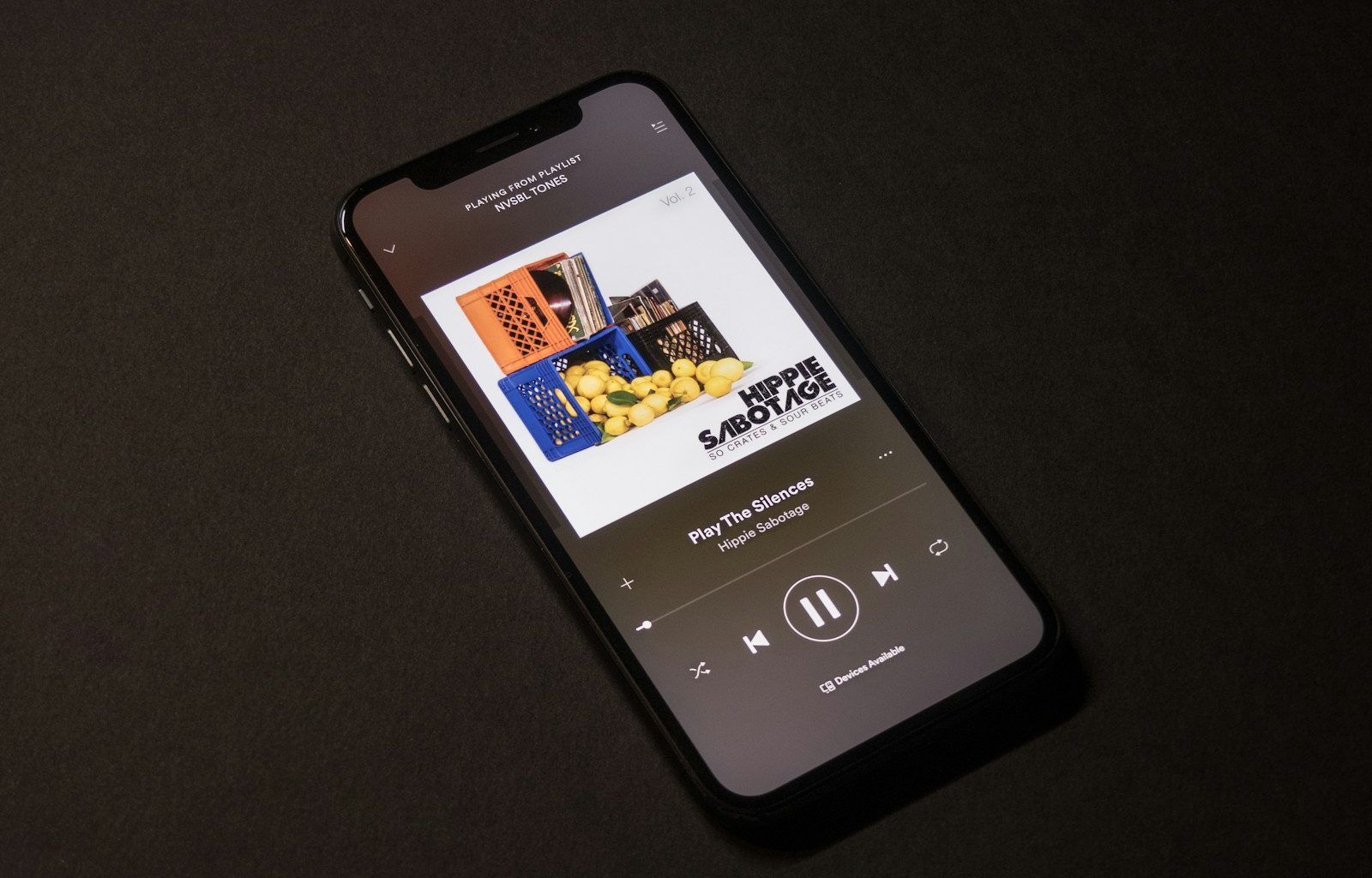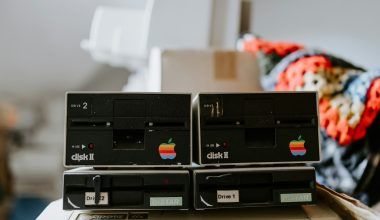Have you ever wondered, “Can you upload songs to Spotify?” The answer is yes! Whether you’re an artist, a podcaster, or someone who simply loves to create music, Spotify offers opportunities to share your audio content with the world. In this blog, we’ll walk you through the entire process—from preparing your tracks to seeing them live on Spotify. Let’s dive in!
What is Spotify and Why Should You Upload Your Music?
Spotify is one of the largest music streaming platforms globally, boasting millions of active users. It’s a fantastic way to get your music heard by a broader audience, build your fanbase, and even earn some income through royalties.
If you’re serious about sharing your music, Spotify is a great platform to start with. The process may seem daunting at first, but don’t worry—this guide will break everything down into simple, manageable steps.
Things You Need Before Uploading Songs to Spotify
Before we get to the actual uploading process, let’s cover a few things you’ll need:
- Your Audio Files: Ensure your tracks are high-quality. Formats like WAV or MP3 work best.
- Metadata: This includes song titles, artist name, album name, and artwork.
- Spotify for Artists Account: If you’re an artist, this is your hub for managing your profile and tracking your stats.
- Music Distributor: Spotify does not allow direct uploads, so you’ll need a distributor like DistroKid, CD Baby, or TuneCore.
Now that you have everything ready, let’s move on to the steps.
Step 1: Choose a Music Distributor
Since you can’t upload songs directly to Spotify, a distributor acts as the middleman. These platforms will deliver your music to Spotify and other streaming services. Here are a few popular options:
- DistroKid: Known for its affordability and fast upload times.
- CD Baby: Offers additional services like physical CD distribution.
- TuneCore: Great for artists who want control over their earnings.
Once you’ve chosen a distributor, sign up and follow their onboarding process.
Step 2: Prepare Your Tracks and Metadata
Before you upload, ensure your tracks are polished and professional. Here are a few tips:
- Master Your Tracks: High-quality audio is essential. Consider hiring a professional if you’re unsure about mastering.
- Organize Metadata: Double-check all the details, including track names, album titles, and credits.
- Create Album Art: A visually appealing cover is crucial. Use tools like Canva or hire a graphic designer.
Step 3: Upload Your Songs via the Distributor
Log in to your chosen distributor’s platform and start the upload process. Here’s what you’ll typically do:
- Upload your audio files.
- Input metadata like song titles and artist names.
- Upload your album art.
- Choose a release date (optional).
- Submit for distribution.
The distributor will then send your music to Spotify for approval. This process usually takes a few days to a week.
Step 4: Claim Your Spotify for Artists Profile
Once your music is live, you can claim your Spotify for Artists profile. This platform lets you:
- Customize your profile with a bio, photos, and links.
- Track your stats, such as plays and followers.
- Pitch your songs to Spotify’s editorial playlists.
To claim your profile:
- Visit Spotify for Artists.
- Log in or sign up.
- Search for your artist name and claim your profile.
- Verify your account.
Step 5: Promote Your Music
Uploading your songs to Spotify is just the beginning. To reach more listeners, you’ll need to promote your music. Here are some effective strategies:
- Share on Social Media: Post about your new release on platforms like Instagram, Twitter, and Facebook.
- Collaborate with Other Artists: Feature or be featured by other artists to tap into their audience.
- Submit to Playlists: Reach out to playlist curators or use tools like SubmitHub.
Conclusion
So, can you upload songs to Spotify? Absolutely! With the right tools and a bit of preparation, you can share your music with the world. Remember, the key to success on Spotify is not just uploading your songs but also actively promoting them and engaging with your audience.
Related Articles:
For further reading, explore these related articles:
- The Evolution and Vibrance of the Indian Music Industry
- Zee Music Company Owner: Shaping the Sound of India
For additional resources on music marketing and distribution, visit DMT Records Private Lim






